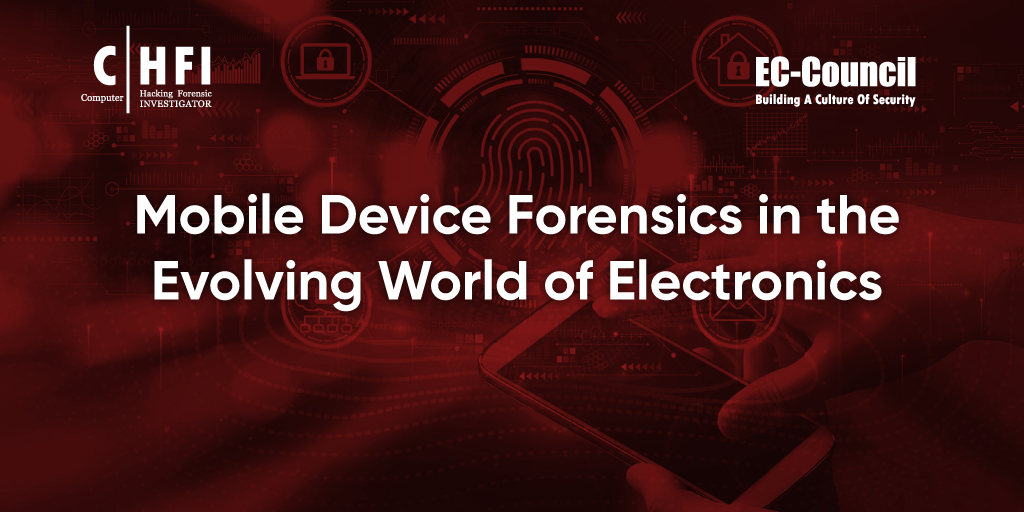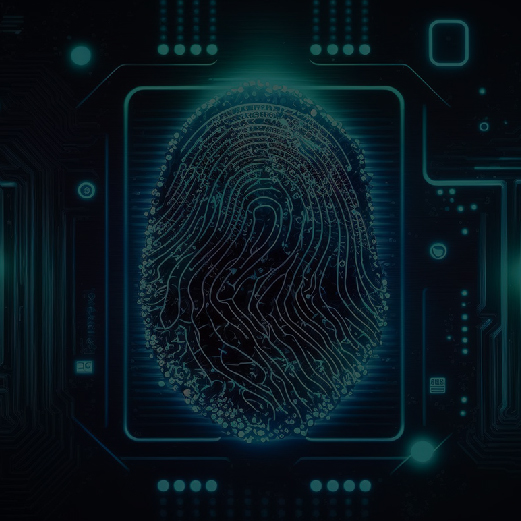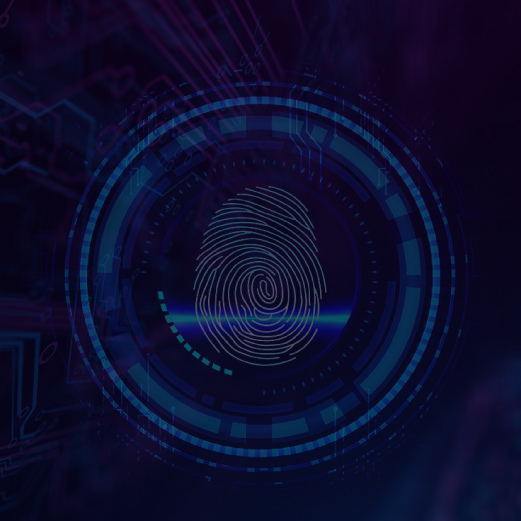- Mobile device forensics is a subfield of digital forensics that extracts and analyzes data from mobile devices in a forensically sound manner.
- The four stages of the mobile device forensics process are seizure, acquisition, analysis, and reporting
- Mobile device forensic analysts must be technically skilled and familiar with the legal issues surrounding digital evidence.
What is Mobile Device Forensics?
The Process of Mobile Device Forensics
There are four general steps to follow during a forensic investigation: identifying the evidence, acquiring the evidence, analyzing the evidence, and producing a forensic report. Below are these four steps as they pertain to the process of mobile device forensics:
- Device seizure: First, the mobile device is seized from its user. At this stage, investigators should also start documenting the chain of custody. For example, the records of who handled the device and when. A search warrant is usually required if the device is used in a criminal investigation.
- Device acquisition: Investigators create a sector-level duplicate of the device, a process known as “imaging” or “acquisition.” This duplicate image and the original device are passed through a hashing function, and their outputs are compared to ensure that it is an exact copy. Next, analysts decide on the investigation’s proper approach and goals.
- Device analysis: Investigators begin work on the device image to confirm a hypothesis or search for hidden data. Specialized tools (such as those described in the next section) are used to help find and recover information. Data may be located within the accessible hard disk space, deleted (unallocated) disk space, or the operating system cache.
- Reporting: After acquiring the data, investigators store and analyze it to reconstruct a plausible version of events. A report is prepared, which may be technical or non-technical, depending on the audience.
Mobile Device Forensics: Tools and Techniques
- Logical extraction: The device is connected to a forensics workstation via a hardware cable or a protocol such as Bluetooth. This approach is quick and relatively straightforward but also the most limited. Logical extraction tools include Oxygen Forensic Device Extractor and XRY Logical.
- Physical extraction (hex dump): The device’s flash memory is copied bit by bit. This approach is the most extensive but technically complex and dependent on the manufacturer. Physical extraction tools include Cellebrite UFED Physical Pro and XRY Physical.
What are the Scope and Uses of Mobile Device Forensics?
Mobile device forensics has three primary use cases: law enforcement, civil proceedings, and cybersecurity.
- Law enforcement: Mobile device forensics is a critical tool for law enforcement agencies. In many cases, the data on a mobile device can provide crucial evidence in a criminal investigation.
- Civil investigations: Mobile device forensics can also assist civil proceedings and litigation. Digital forensic investigators have successfully used data in various civil cases, including contract violations, whistleblower allegations, and divorce and custody.
- Cybersecurity: Cybercriminals use many different entry points to gain access to a network, including mobile devices. Forensic investigators can use mobile device forensics to reconstruct an attack and understand how malicious actors exploit security vulnerabilities on the device.
The Benefits and Challenges of Mobile Device Forensics
There are a wide range of benefits of mobile device forensics. Mobile device forensics can often recover information deleted or hidden on a device, providing critical evidence in an investigation. As a branch of forensics, mobile device forensics also ensures that the data extracted by investigators is admissible in court.
Despite the advantages of mobile device forensics, the field also has challenges. Mobile devices, their operating systems, and the tools and techniques used to analyze them constantly evolve. Forensic analysts also need to strictly adhere to the applicable laws, regulations, and protocols to ensure their conclusions can be used in an investigation.










